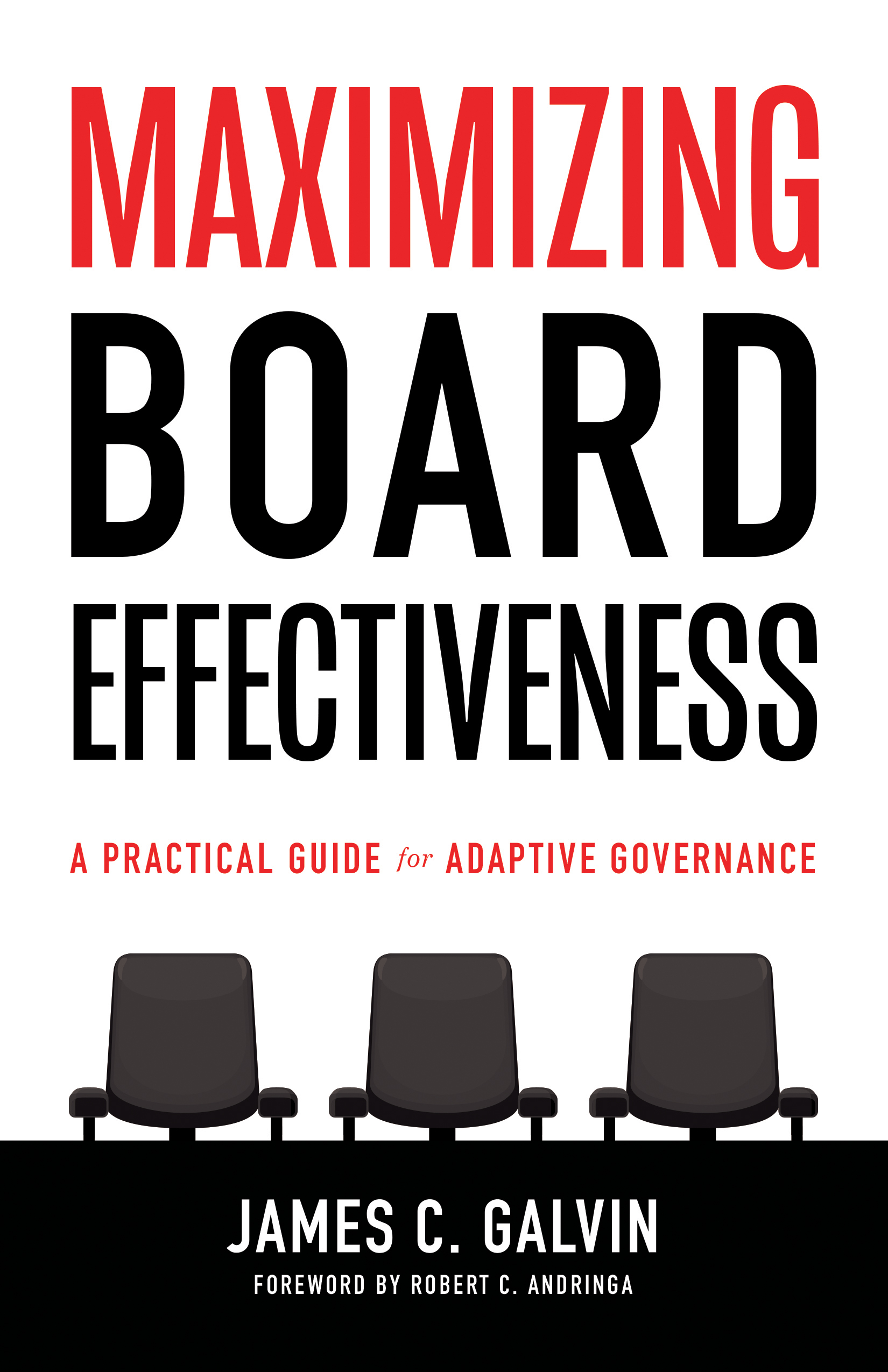Think Like a Strategist
15.10.2012
How is your organization doing these days?
• Are you finding it harder and harder to raise the funding your organization needs?
• Do you struggle to maintain the attention and loyalty of those you serve?
• Are you keenly aware that your ministry model is not working as a well as it used to in the “good old days”?
To respond effectively, you need to think like a strategist. Here are five key steps:
1. Start seeing the bigger picture
For the majority of us, our attention is drawn to what is happening inside of our organization. But all the threats and opportunities are outside of the organization. It’s not just that we should pay attention to the economy; we have to look outside of the organization to see how our relevant environment for ministry is shifting.
2. Tune-up your position and direction
In the field of branding, positioning is about how people view your organization. What mental category do people put your organization in, for example? Strategic direction is about where you’re heading. When you notice that your organization is beginning to ride the downhill side of the growth curve, then you need an intentional change in your strategic direction.
3. Differentiate your organization from others like you
If you look at websites for Christian colleges and universities, you will notice two basic approaches to how they describe who they are. Many websites seem to say, “Hey we are just as good or better than our competitors. We offer everything that they do.” Others highlight their distinctiveness and uniqueness. Their websites seem to scream, “We are way different than other places you are looking at.” Differentiate or continue to decline.
4. Make key decisions and execute
Sometimes leaders need to make hard choices. Often they need to launch new initiatives without the in-house talent to make it happen. It’s easy for leaders to put off these kinds of difficult changes. But effective leaders find a way to execute on their strategy.
5. Adapt to your changing environment
I don’t think any nonprofit church or ministry can say that their current environment is not much different than it was in 2007. In US, we have just experienced the Great Recession. For current leaders, this is probably the worst financial crisis they have experienced in their lifetime. So how has your organization adapted? Or is your organization simply hunkered down and waiting for the economy to improve?
I recently read a helpful book that explains these five steps. It’s called The Strategy Book by Max McKeown, a British business writer, and just released in the US this year. One of the most valuable parts is “The Strategy Book tool kit” in the back which is a helpful summary of 28 of the most important theories and models for business strategy. You can find it on Amazon.com.
My next book will be released by Tenth Power Publishing in a few weeks. It is titled I’ve Got Your Back and offers a fictional story of four twenty-somethings struggling with bad bosses. The back section sums up the teaching points in the story by offering a concise theology of leadership and followership. Yup, you read that correctly. More information coming soon.


